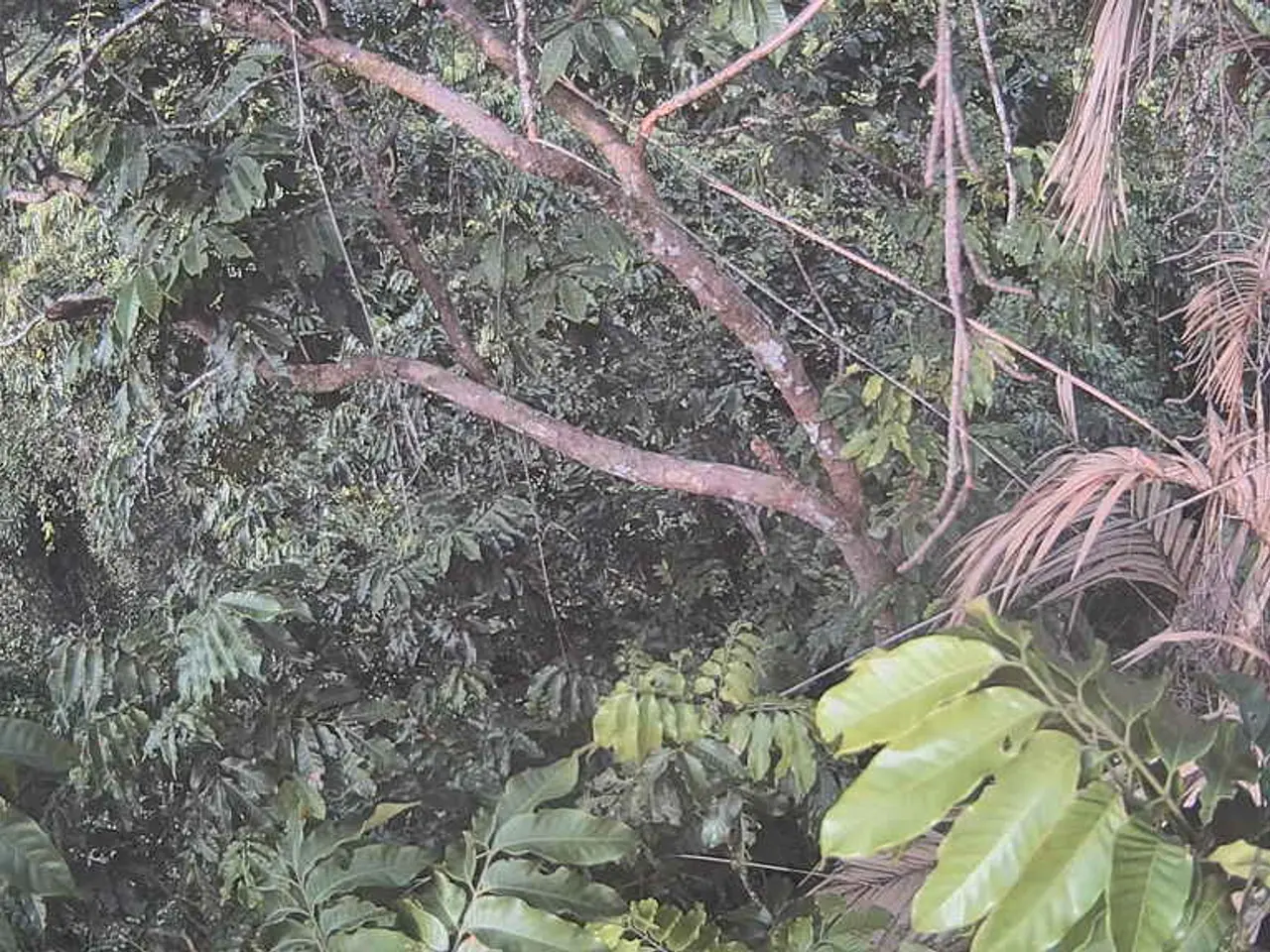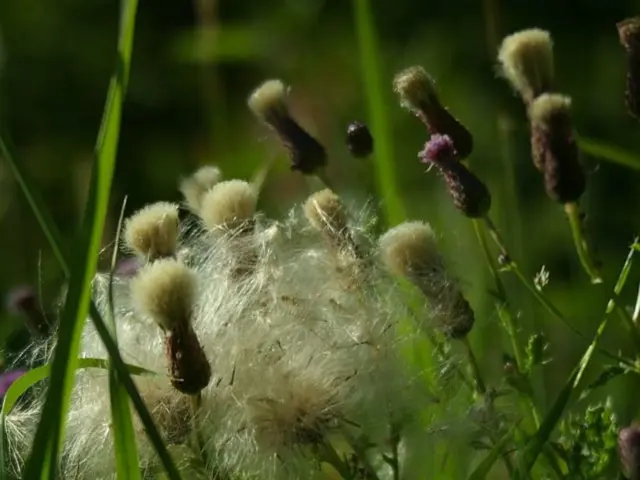Mexican Fan Palms: Beauty and Brawn in Warm Climates
Mexican fan palms, scientifically known as Washingtonia robusta, are a common sight in warmer regions of the United States, particularly in the southern parts of California, Florida, and Arizona. These tall, attractive palms are valued for their hardiness and decorative leaves, but they require careful consideration due to their size and growth rate.
Growing up to 80 to 100 feet (24-30.5 m) tall with leaves spanning 3 to 5 feet (1-1.5 m), Mexican fan palms are not suited to small gardens or areas prone to hurricanes. They grow at a rate of at least 3 feet (1 m) per year and naturally shed their dead leaves once they reach about 30 feet (9 m) in height. These palms prefer full sun to partial shade and well-draining sand to loam-type soil, tolerating both slightly alkaline and slightly acidic soil. Their trunks taper from 2 feet (61 cm) at the base to 8 inches (20 cm) at the top, with a reddish brown color that fades to gray. Mexican fan palms are hardy in USDA zones 9 through 11 and Sunset zones 8 through 24, requiring warm temperatures and low nighttime temperatures. Despite their size, they are attractive in landscapes and along roadways, making them a popular choice for landscape gardening in their suitable climate zones.
Mexican fan palms are a striking addition to landscapes in warmer regions of the United States, but their large size and rapid growth rate require careful planning. They are hardy and adaptable, tolerating a range of soil types and pH levels, but their height and leaf drop make them unsuitable for small gardens or hurricane-prone areas.




